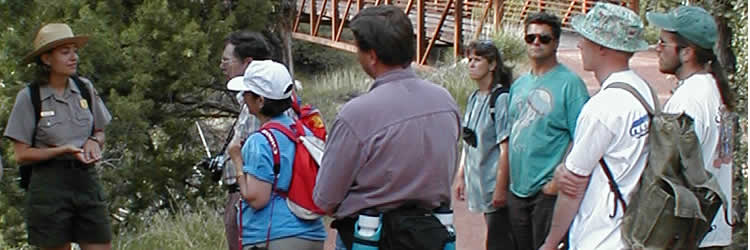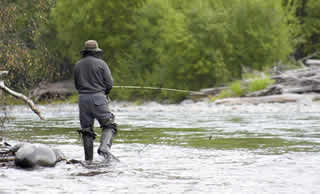Start
Click Here
Spanish for Park Rangers and Wildlife Officers

Empowering Park Rangers and Wildlife Officers with Bilingual Skills to Protect Wildlife and Natural Resources
Take your ranger skills to the next level with our specialized Spanish for Park Rangers course.
Designed for park rangers and wildlife officers across the U.S., this course improves your ability to communicate effectively with Spanish-speaking visitors, colleagues, and local communities. Gain practical language skills for real-world park situations—from enforcing rules to promoting safety and conservation. Enroll today and become a more confident, culturally aware ranger ready to serve in today’s multilingual natural spaces.
Why Learn Spanish as a Park Ranger?
As parklands welcome more Spanish-speaking visitors, the ability to speak Spanish is becoming a vital skill for rangers. Whether explaining regulations, offering directions, or responding to emergencies, speaking Spanish helps you connect, protect, and educate more effectively. It also builds trust with diverse communities and strengthens conservation efforts through inclusive communication.
